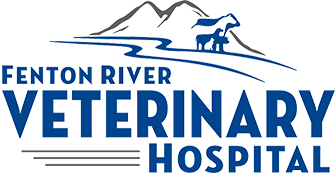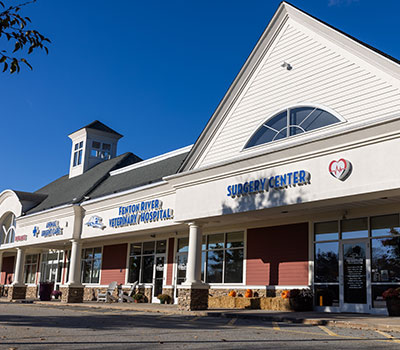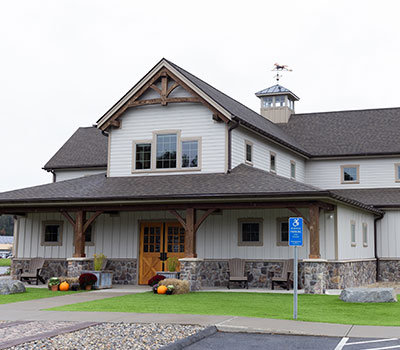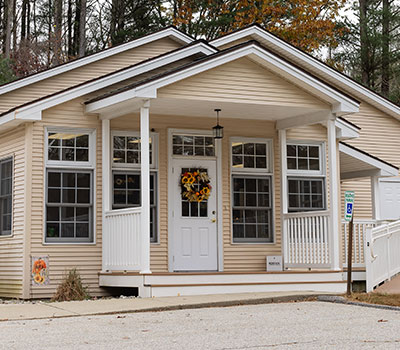Gastric Dilatation and Volvulus (GDV), or bloat, is a drastic condition that requires immediate emergency treatment. A dog’s normal stomach sits high in the abdomen and contains a small amount of gas, some mucus, and any food being digested. It undergoes a normal rhythm of contraction, receiving food from the esophagus above, grinding the food, and passing the ground food out to the small intestine at its other end. Normally this proceeds uneventfully except for the occasional burp.
In the bloated stomach of a dog that has GDV, gas and/or food stretches the stomach many times its normal size, causing tremendous abdominal pain. For reasons we do not fully understand, this grossly distended stomach tends to rotate, thus twisting off not only its own blood supply but the only exit routes for the gas inside. The spleen, which normally nestles along the greater curvature of the stomach, can twist as well, cutting off its circulation. The distended stomach becomes so large that it compresses the large veins that run along the back returning the body’s blood to the heart, creating circulatory shock. Not only is this collection of disasters extremely painful, it is also rapidly life-threatening. A dog with a bloated, twisted stomach, will die in pain in a matter of hours unless drastic steps are taken.
Classically, this condition affects dog breeds which are said to be deep chested, meaning the length of their chest from backbone to sternum is relatively long while the chest width from right to left is narrow. Examples of deep chested breeds would be the Great Dane, Greyhound, and the setter breeds. Still, any dog can bloat, even dachshunds and chihuahuas. Dogs weighing more than 99 pounds have an approximate 20 percent risk of bloat. The risk of bloating increases with age.
Usually, the bloated dog has recently eaten a large meal and exercised heavily shortly thereafter. Still, we usually do not know why a given dog bloats on an individual basis. No specific diet or dietary ingredient has been proven to be associated with bloat.
Signs of GDV
Signs of GDV are the sudden onset of abdominal distention, distress, anxiety and pain (panting, guarding the belly, anguished facial expression), and multiple attempts at vomiting that are frequently unproductive. Not every dog will have classic symptoms of GDV and some dogs will not have obvious abdominal distention because of their body configuration. If you are not sure, it is best to err on the side of caution and rush your dog to the veterinarian immediately.
Surgery
All bloated dogs, once stable, should have surgery. Without surgery, the damage done inside cannot be assessed or repaired, plus bloat may recur at any point, even within a few hours. After the nonviable tissue is removed, a surgery called a gastropexy is done to tack the stomach into its normal position, so that it can never twist again. A preventive gastropexy is an elective surgery can be performed at the time of spay or neuter in a breed considered at risk for GDV. The gastropexy tacks the stomach to the body wall, so that it cannot twist and cause a life-threatening bloat. Ask us whether your dog is a candidate for gastropexy surgery.






